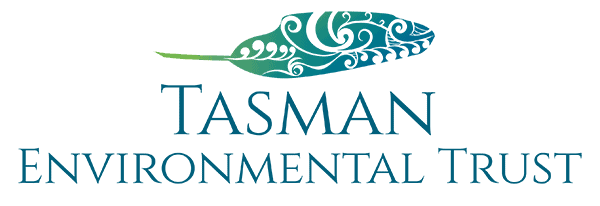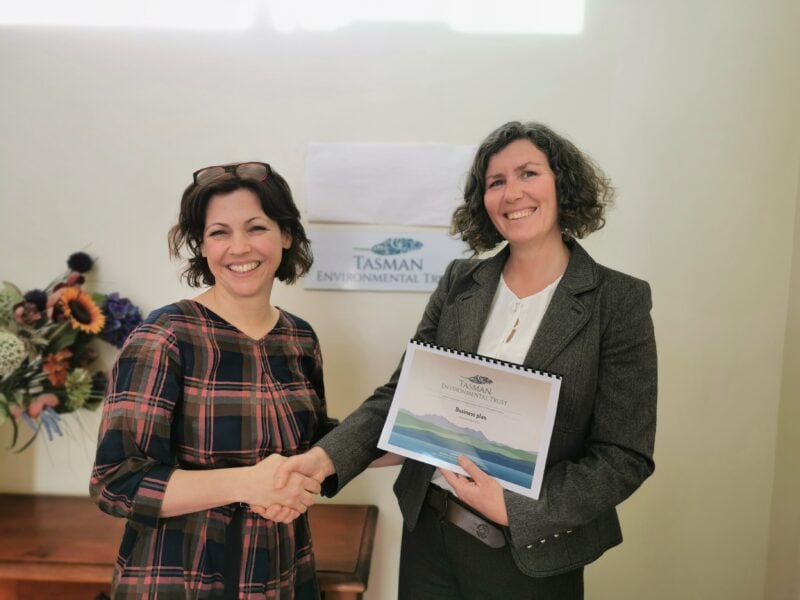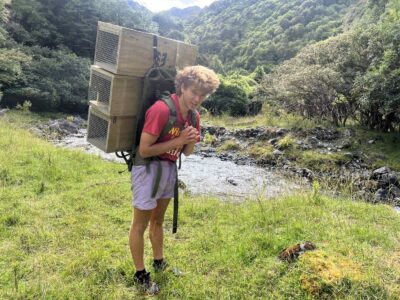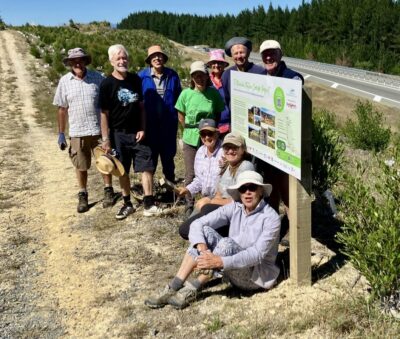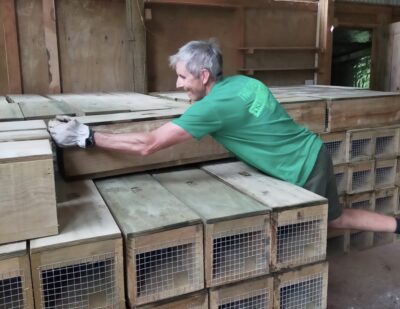It’s some of the best news we’ve had so far in 2021—TET’s Conservation Hub operations are secure for three more years, thanks to the Rātā Foundation.
The $510,000 grant means we can continue providing operational and admin support for over $7 million in local conservation projects, helping them scale up and be more effective across the region.
It’s a massive milestone, especially since this is the first time the Rātā Foundation’s done a multi-year funding agreement in our region. It took three years’ worth of negotiations to get to this point, so we’re thrilled!
The Rātā Foundation Chief Executive, Leighton Evans, says the funding decision reflects the Foundation’s confidence in TET to deliver greater outcomes for conservation through The Hub.
“TET has been working hard to connect people and organisations working in the environmental space with nature conservation through the Hub,” he says. “Our funding is a key enabler of this new way of collaborative working.”
Conservation Hub provides umbrella support
The Conservation Hub concept has proven itself to be a highly effective way to support small, local conservation initiatives as well as large-scale, transformational projects like the Moutere and Wakapuaka restorations—all at the same time.
By lifting the administrative load, groups and volunteers can focus their energy on achieving great environmental outcomes. And successful outcomes are a drawcard for further investment in conservation in our region. A key marker of TET’s success with the Hub is the more than twenty-fold increase in the value of projects we’re now managing: from less than $300,000 in 2017 to $7 million currently.
Conservation Hub model increases funding momentum
Success begets success—and we’re finding that funders like the Rātā Foundation are keen to support projects that have the potential to scale up.
“[The Hub] provides a platform of support that allows a much wider investment in environmental projects in Nelson Tasman,” says Sky Davies, TET’s manager.
“We’re taking a long view, and the conservation work that’s being done now will have huge benefits for the entire region into the future.”
This means continuing to foster collaborative networks with stakeholders including local government, iwi, DOC, other environmental NGOs and entities, government agencies and fellow conservation hubs in Aotearoa.
“We know the work we’re doing is contributing towards the Government achieving its goals around protecting biodiversity, landscape restoration, and mitigating the effects of climate change,” says Sky. “These are huge undertakings and they couldn’t happen without community volunteers.
“The Hub is taking care of the operational and admin sides of local conservation projects that the Government would otherwise have to find ways to organise.
“So everyone wins—and most especially, our precious Nelson Tasman home.”
Learn more about how TET’s Conservation Hub is supporting community and landscape-scale conservation projects here.
